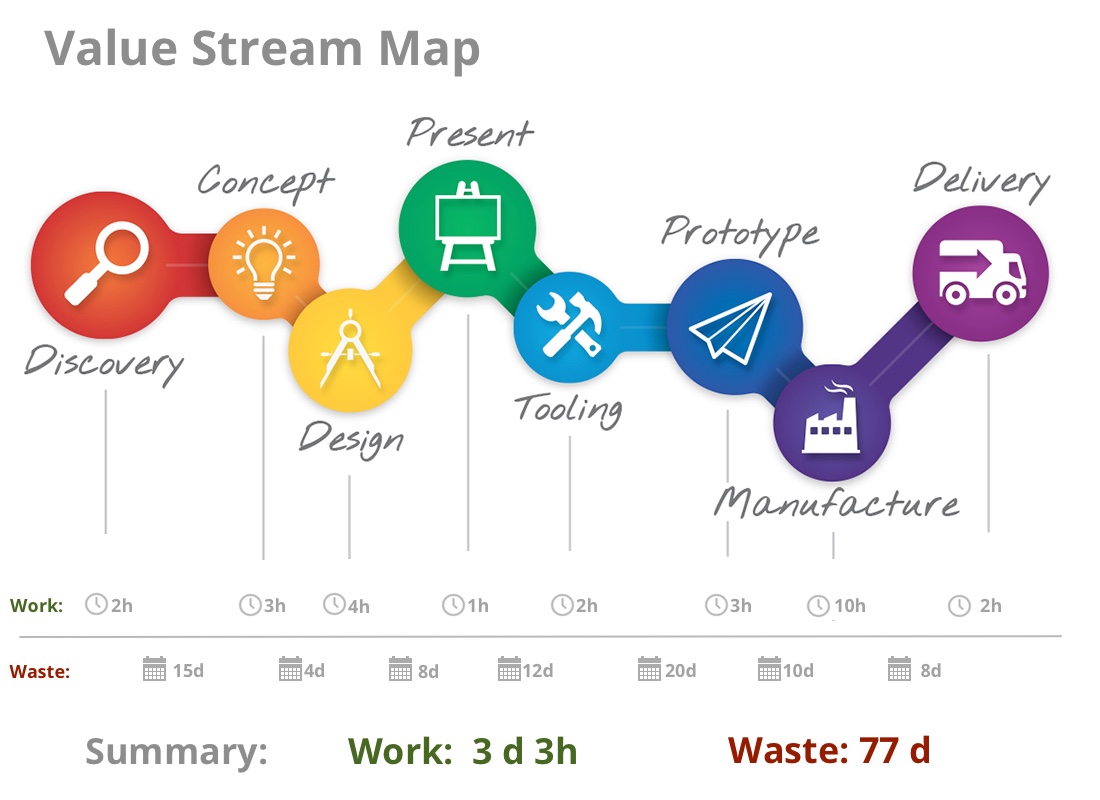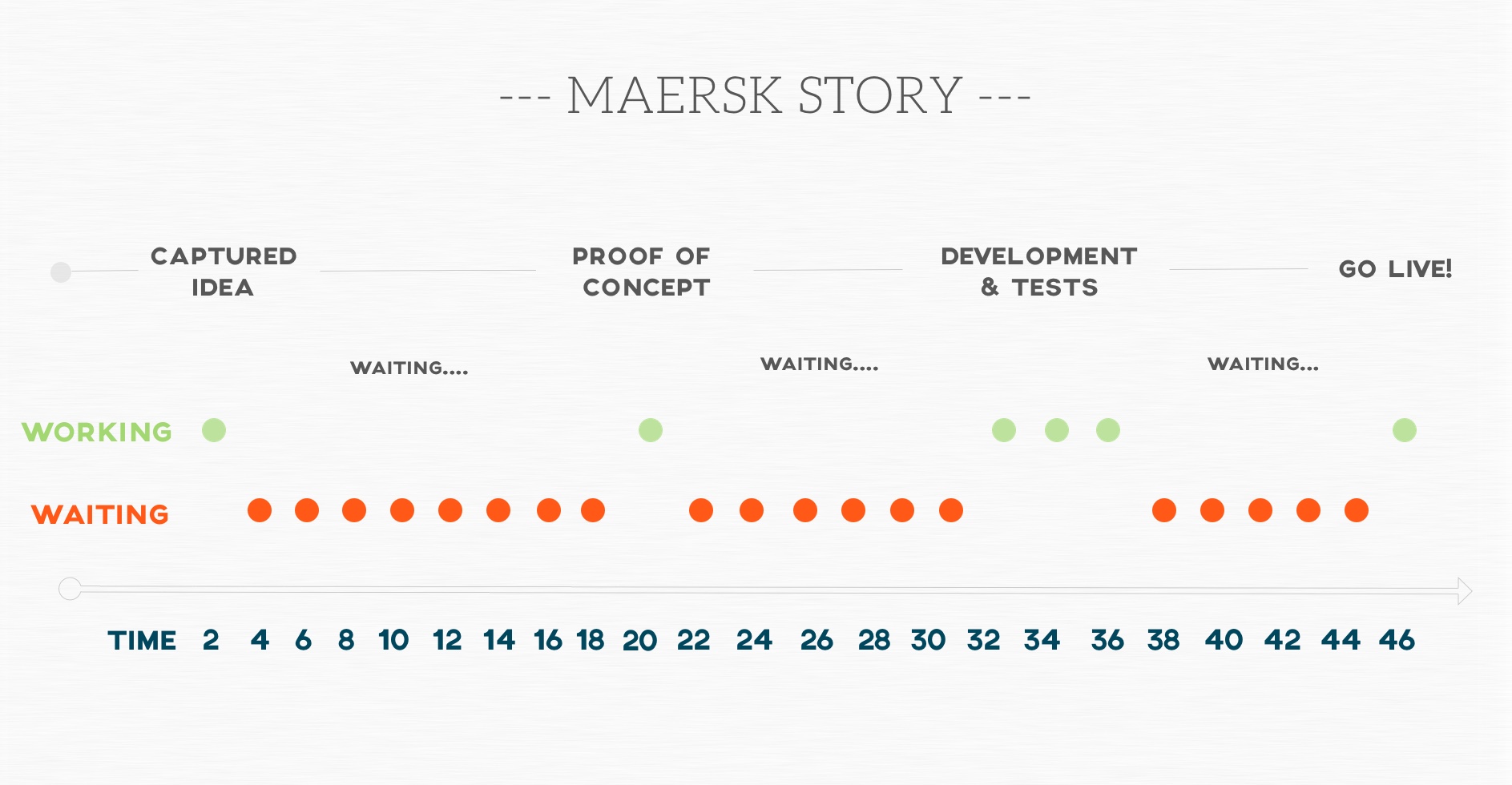
In today’s increasingly volatile business environment, there is a disease which spreads among companies. Small and large businesses which do not have the ability to constantly deliver value and adapt, prosper well for a while, but with time start becoming more and more sluggish. Then, suddenly, a once successful company is faced with a choice — adapt or die. Fortunately, all the cool kids in the entrepreneurial neighborhood already have a cure for this — a medicine called agility.
Agility (n.) An enterprise’s ability to take advantage of opportunities, respond to challenges, and to do so while controlling risk. To be quick and nimble.
The definition of agile may sound trivial. Everyone knows that they must be agile — after all, who doesn’t want to be “quick and nimble”? Companies are investing lots of money to make them more agile, but are we always sure where to find the agility in our businesses?
I would like to share with you my personal experience and focus on one particular issue which isn’t always noticed.
Look for agility
Some time ago, I participated in Agile by Example (ABE) conference, where one of the speakers (a so-called transformation agent) discussed how Maersk was able to speed up their product delivery process seven times by implementing one simple method, called Value Stream Mapping (VSM) in its organization .
VSM is extremely simple. It helps organizations to visualize how long the entire process of, e.g., delivering products to the clients takes by creating a flow diagram which includes a detailed listing of all activities and the time needed to successfully accomplish this. The information about the current flow and the timeframe needed to accomplish the goal is used as input in the process of identifying the wasted time, interruptions, or activities that take too long in the process, and then in the next step, improving them.

Maersk prepared such a visualization for the process of delivering new features in their software. They defined the start of the process as the moment when the idea of a new feature pops up in someone’s head, and the end of the project when the final product is available for the users. The diagram revealed that from the moment of the inception of the concept to the delivery of the final solution the organization needed almost a year (46 weeks)!
Obviously, they had a huge problem. Being competitive when it takes you almost a year to develop something new is particularly challenging. The problem was identified, and so was the solution. Speed up the development process — developers are too slow. This happens everywhere. The construction of a building is slow — improve the efficiency of the workforce! It takes too long to produce a law — change politicians! But… wait a minute. Is this really true?
When they looked closely at the process and analysed how much time each activity took, they found out that the actual work that was needed to finish the task (therefore the development process which was identified as the cause of the problem), took only 6 weeks out of 46. Less than 15% of the total time! So, if not development, what did take them so long? It turned out, that the remaining 40 weeks was wasted on waiting for the other team members to process further changes.

In the face of such data, Maersk knew that to become more agile and respond quickly to changes they didn’t need to only change their software development phase, but to turn the entire process upside down.
The company decided to create a small revolution and changed almost every phase of the process. The business representatives started to work closer with the development teams; solutions were created with MVP principles in mind, and tasks no longer took weeks for its completion. At the end of the changes, the process of delivering new features took 7 weeks, compared to 46 weeks previously. Almost 7 times faster!
For me, the Maersk case shows that, sometimes, we tend to make local optimizations, but we miss the big picture. When you change your focus from one particular task in your to-do list or event in your calendar to the entire processes or whole packages of events in your calendar, the insights and outcome you gain may change the way you think.
Only, when we change our thinking, can we have a chance to truly increase our agility.
Summary
When I was watching the Maersk presentation, I had one of those ‘aha’ moments. We try to find agility in some places, but are those really the right places? Do we really need to struggle to improve parts of our organizations which we are already ‘good enough’, or should we stop for a while, look at our companies from a distance and see whether we are not running around in circles.

What are our goals, where is our work sluggish, and in which areas are we good enough? It is a long path, but I think that Value Stream Mapping is a good start. If you have had a similar experiences or if you know of some other tools, please let me know in comments section!




